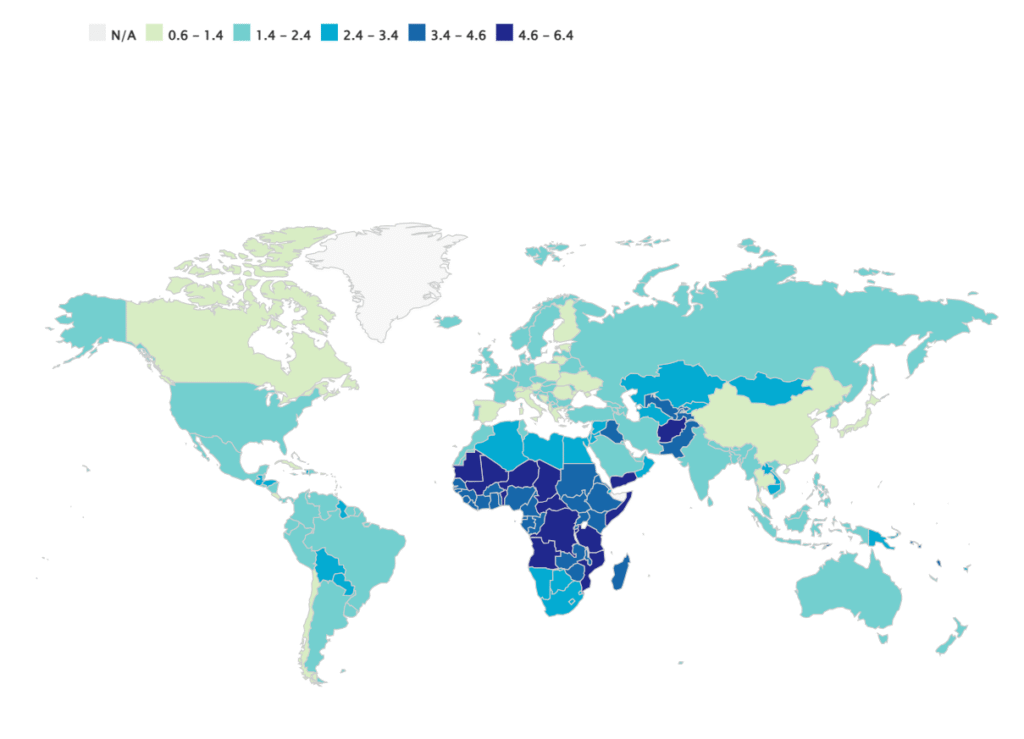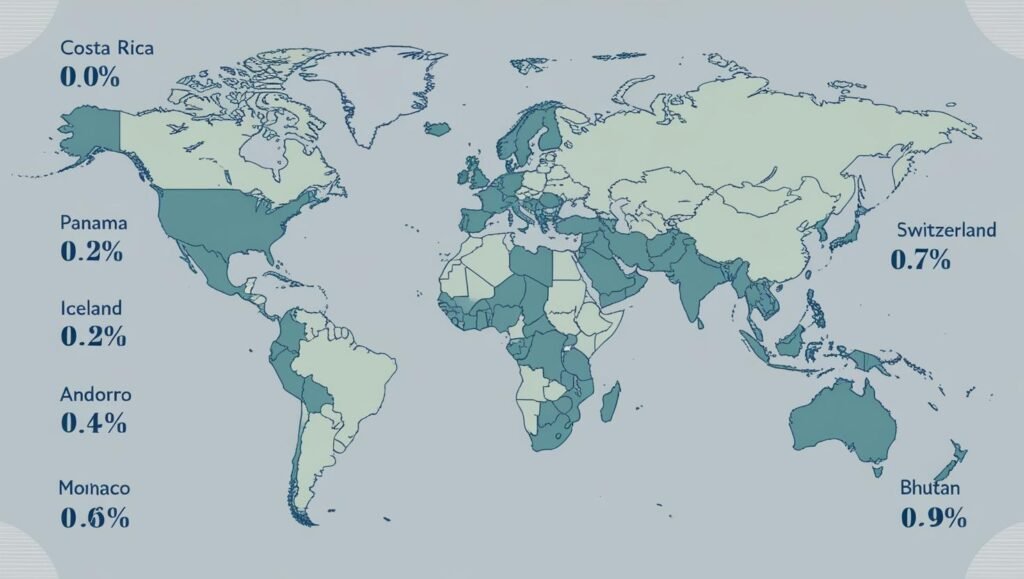May 2025
The Middle East, once known primarily for oil wealth and geopolitical tensions, has undergone a dramatic transformation. As of 2025, the region has emerged as a global investment powerhouse, drawing billions in foreign capital and building homegrown giants that are reshaping industries across the world.
But how did this shift happen—and what can the rest of the world learn from it?

From Oil Dependency to Diversified Wealth
Historically, the Middle East’s financial strength was tightly linked to oil exports. But recognizing the volatility of global energy prices, countries like Saudi Arabia, the UAE, and Qatar launched long-term strategic plans to diversify their economies.
🇸🇦 Saudi Vision 2030, 🇦🇪 UAE Centennial 2071, and 🇶🇦 Qatar National Vision 2030 were not just slogans—they were action blueprints.
By 2025, non-oil sectors such as technology, real estate, entertainment, healthcare, and green energy account for over 45% of GDP growth in the GCC (Gulf Cooperation Council) countries.
Mega Projects That Caught the World’s Attention
The region has become synonymous with ambitious infrastructure and tech mega projects, drawing attention and investments from across the globe.
Top Transformative Projects:
- NEOM (Saudi Arabia): A $500 billion futuristic smart city powered by AI and renewables.
- Masdar City (UAE): The world’s first zero-carbon city project.
- Lusail (Qatar): A cutting-edge smart city that hosted events during FIFA 2022 and has since expanded into a major business hub.
These projects have attracted foreign investments, tech partnerships, and global media buzz, positioning the Middle East as a forward-thinking economic zone.
Rise of Sovereign Wealth Funds
The Middle East is home to some of the largest sovereign wealth funds (SWFs) in the world.
| 🌐 Country | 💼 Sovereign Wealth Fund | 💵 Assets Under Management (AUM) |
|---|---|---|
| Saudi Arabia | Public Investment Fund (PIF) | $925 Billion+ |
| UAE (Abu Dhabi) | Abu Dhabi Investment Authority | $853 Billion+ |
| Qatar | Qatar Investment Authority (QIA) | $475 Billion+ |
These funds are investing aggressively across Silicon Valley, Europe, Africa, and Asia, backing ventures in:
- AI and fintech
- Space technology
- Green energy startups
- Global real estate
🌍 In 2024 alone, Middle Eastern SWFs poured over $200 billion into international markets.
Business-Friendly Reforms and Regulations
To attract global talent and capital, Middle Eastern countries implemented pro-business reforms, such as:
- 100% foreign ownership laws in the UAE and Saudi Arabia
- Golden visa programs for entrepreneurs and professionals
- Free zones with tax incentives and minimal bureaucracy
These changes have turned cities like Dubai, Riyadh, and Doha into preferred global business destinations.
Startup Ecosystems Are Booming
Yes, the Middle East isn’t just about big oil or mega projects—it’s a growing startup hub.
- Dubai has become a fintech and logistics startup capital.
- Riyadh is emerging as the next AI and edtech hub.
- Abu Dhabi is leading in healthtech and clean energy innovation.
According to a 2025 report, the region now has over 75 unicorns (startups valued at $1 billion or more)—up from just 3 in 2017.
Why This Matters Globally
🌐 The Middle East in 2025:
- $5 Trillion+ combined GDP
- Over 500 billion-dollar companies
- Leading investor in Africa and Southeast Asia
- Active role in climate and tech diplomacy
This region is no longer a silent capital provider—it’s a strategic investor, technology creator, and policy influencer on the world stage.
Final Thoughts
The Middle East’s rise as a global investment powerhouse didn’t happen overnight. It was the result of visionary leadership, strategic reforms, diversified investments, and a willingness to embrace innovation beyond oil.
✅ Whether you’re an entrepreneur, investor, or policymaker, watching the Middle East is no longer optional—it’s essential.
Key Takeaways:
- The Middle East’s economic transformation is driven by diversification, mega projects, and tech investments.
- Sovereign wealth funds are now global investment leaders.
- Business-friendly policies have turned the region into an international startup magnet.



